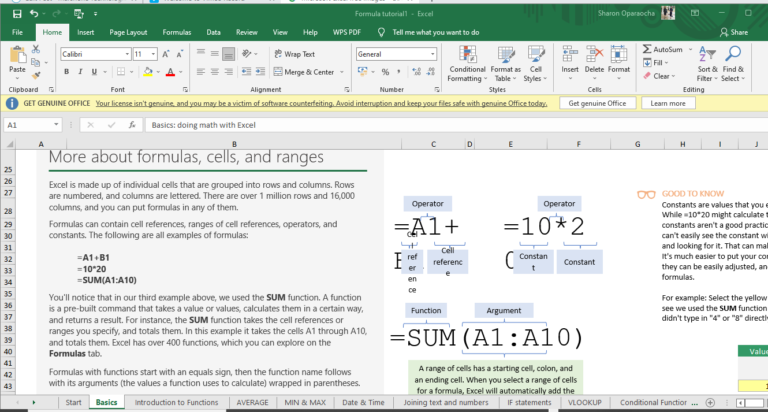Moving from raw numbers to actionable strategies is a crucial process for businesses and individuals alike. It involves transforming data into insights and then into decisions that drive desired outcomes. This journey requires a structured approach, blending analytical skills with creativity and strategic thinking. In this essay, we’ll explore the steps involved in this process, the tools and techniques used, and the importance of each stage in turning numbers into actionable strategies.
Understanding Raw Numbers
Table of Contents
Raw numbers are the starting point of any analysis. They could be sales figures, market trends, customer feedback, or any other quantitative data. However, numbers alone lack context and meaning. To derive insights, it’s essential to understand the story behind the numbers. This involves:
Data Collection and Organization:
Gathering relevant data from various sources and organizing it in a structured manner. This may involve using databases, spreadsheets, or specialized software.
Data Cleaning and Preprocessing:
Raw data often contains errors, inconsistencies, or missing values. Cleaning and preprocessing involve identifying and rectifying these issues to ensure the data’s accuracy and reliability.
Exploratory Data Analysis (EDA):
EDA is the process of analyzing data sets to summarize their main characteristics, often using statistical graphics and other data visualization methods. It helps in identifying patterns, trends, and relationships within the data.
From Raw Numbers to Insights
Once the raw data is prepared, the next step is to extract insights from it. This involves:
Descriptive Analytics:
Descriptive analytics involves summarizing the data to understand what happened in the past. It includes measures such as mean, median, mode, and various graphical representations like histograms, pie charts, and scatter plots.
Diagnostic Analytics:
Diagnostic analytics aims to understand why certain events occurred. It involves digging deeper into the data to identify root causes and correlations. Techniques such as regression analysis and correlation analysis are commonly used here.
Predictive Analytics:
Predictive analytics uses historical data to forecast future outcomes. It involves building models and algorithms to predict trends, patterns, and behavior. Machine learning techniques such as regression, classification, and clustering are often employed in predictive analytics.
Prescriptive Analytics:
Prescriptive analytics goes beyond predicting future outcomes to recommend actions that can optimize those outcomes. It involves using optimization and simulation techniques to identify the best course of action. This could include strategies for resource allocation, pricing decisions, or marketing campaigns.
Turning Insights into Actionable Strategies
While insights are valuable, they’re only meaningful if they can be translated into actionable strategies. This requires:
Setting Clear Objectives:
Before developing strategies, it’s essential to define clear objectives and goals. These objectives should be specific, measurable, achievable, relevant, and time-bound (SMART). They provide a roadmap for decision-making and help in evaluating the effectiveness of strategies.
Identifying Opportunities and Risks:
Based on the insights gained from data analysis, identify potential opportunities for growth and areas of risk. This could involve market opportunities, competitive threats, or operational inefficiencies.
Developing Actionable Strategies:
Actionable strategies are specific plans of action designed to achieve predefined objectives. They should be based on data-driven insights and aligned with organizational priorities. Strategies may involve product development, marketing initiatives, operational improvements, or strategic partnerships.
Allocating Resources:
Once strategies are developed, allocate resources (such as budget, manpower, and technology) accordingly. Prioritize initiatives based on their potential impact and feasibility.
Implementing and Monitoring:
Implement the strategies effectively, ensuring clear communication, coordination, and accountability. Establish key performance indicators (KPIs) to measure progress towards objectives and monitor performance regularly.
Iterating and Improving:
Continuous improvement is essential in turning strategies into success. Monitor outcomes, gather feedback, and iterate on strategies based on lessons learned and changing market conditions.
Tools and Techniques for Moving Raw Numbers to Actionable Plans
Several tools and techniques facilitate the process of moving from raw numbers to actionable strategies:
Data Analytics Software:
Tools like Microsoft Excel, Tableau, Power BI, and Python libraries (such as pandas, numpy, and scikit-learn) facilitate data collection, analysis, and visualization.
Statistical Analysis Tools:
Software such as SPSS, SAS, and R are commonly used for statistical analysis, including regression, hypothesis testing, and data mining.
Machine Learning Platforms:
Platforms like TensorFlow, PyTorch, and scikit-learn enable the development of predictive models and machine learning algorithms.
Business Intelligence (BI) Systems:
BI systems provide interactive dashboards and reports for monitoring key metrics and making data-driven decisions.
Decision Support Systems (DSS):
DSS integrate data analytics, modeling, and optimization techniques to support decision-making processes.
Conclusion
Moving from raw numbers to actionable strategies is a multifaceted process that requires a combination of analytical skills, domain expertise, and strategic thinking. By following a structured approach that involves understanding raw data, deriving insights, and translating those insights into actionable strategies, individuals and organizations can make informed decisions that drive desired outcomes. With the right tools, techniques, and mindset, the journey from numbers to strategies becomes a powerful driver of success in today’s data-driven world.




